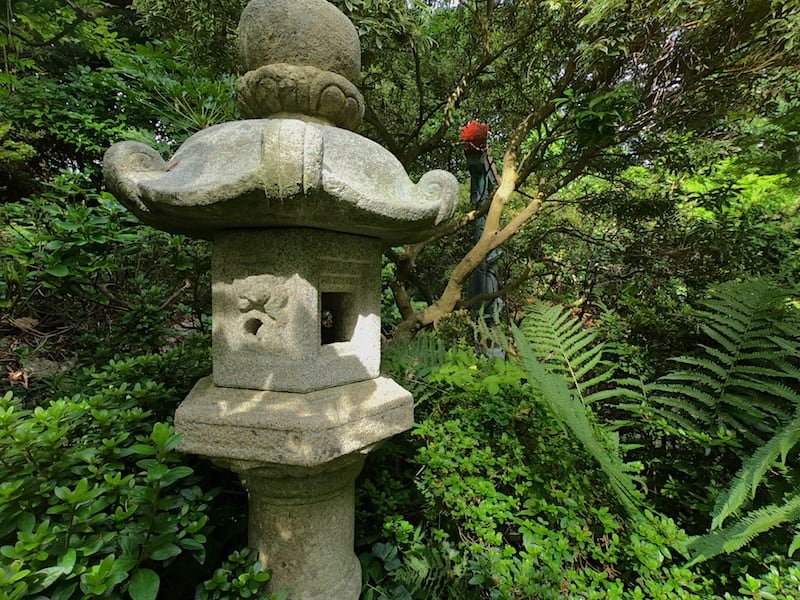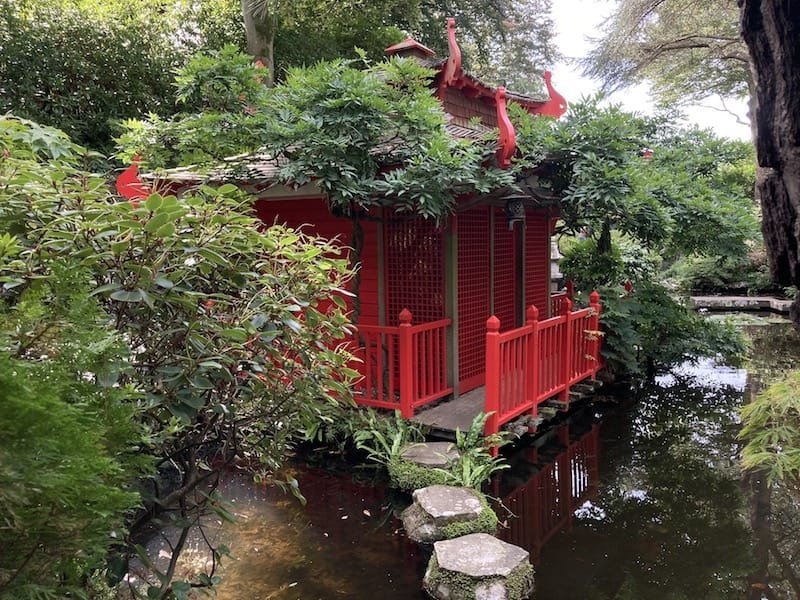The History of Japanese Garden Design
Early Japanese garden design largely took inspiration from Chinese philosophy incorporating ideas from Buddhism and Daoism. Gardens of this time were often filled with lakes and scattered with representations of mountains and islands. Read on to explore the colourful History of Japanese Garden Design.
The first Japanese garden was on the island of Honshu where the aesthetic was largely inspired by the distinct landscape and the contrasting seasons of hot, wet summers and snowy winters. The roots of Japanese garden design lie in Shinto – an ancient religion. Shinto is often classed as a nature religion – a movement where the natural world is believed to be the embodiment of sacredness and spiritual power. Shrines to Shinto can be found all over the island and often take the form of unusual rocks, boulders or trees surrounded by white pebbles to signify purity.

During the Heian period the designs focused on pleasure, with water features prevalent in many gardens. The palace gardens were surrounded by the palace on 3 corners like an armchair with the gardens central, often featuring ponds joined by bridges and an area of white gravel. The layout was largely based on the Chinese principles of Feng Shui. Imperial gardens were mostly water gardens that visitors could enjoy on boats while taking in mountainous views, listening to music and reading poetry.
Near the end of this period a new garden-style emerged called paradise gardens, created by Pure Land Buddhists. The best surviving example of this style is the Hall of Phoenix which was created for meditation and contemplation, rather than pleasure like previous gardens. This was a prototype for the future of Japanese gardens and a real lesson in Daoist & Buddhist philosophy.
During the Kamakura And Muromachi Periods, Japan reopened relations with China after nearly 300 years. This resulted in the introduction of Zen gardens and Japanese Garden Stone, with the first Zen garden built by a Chinese priest in 1251. Zen Gardens follow the principles of spontaneity, extreme simplicity & moderation. creating a space to reflect & meditate.
Timeline – History of Japanese Garden design
Influenced by Shinto religion.
Influenced by Buddhism.
Influenced by Pure Land Buddhism
Kamakura and Muromachi (1185 – 1568)
Influenced by Zen Buddhism
Influenced by Buddhism

Japanese Garden Design Videos
We found some great resources on YouTube for looking more into the history of Japanese garden design! Please bear in mind all video is from third party creators and not our own, but every effort has been made to share great content!

